In order to meet the usage requirements, the PEU must have the following characteristics:
1. It must be portable
2. It should be a single-purpose tool
3. It should not be a general purpose tool
4. It should do one thing well and only one thing
5. It should be able to encode/decode messages
6. It should be able to stream encoded messages to/from an external device using a relatively simple interface (e.g. audio modem or RS232)
a. Cellphones/smartphones
b. computers
7. It should only work with text-message size documents
8. It should be physically small enough to carry easily.
9. It should not have any reasonable radio signature
10. It should contain its own batteries
11. It should have reasonable battery life (?10 hours?)
12. It should have an actual keyboard with mostly qwerty keys
13. It should have no exploitable interfaces (e.g. USB, wifi, bluetooth) for input or output
14. It should have a display big enough to display reasonable messages (e.g. 128X64 pixels or better)
15. Parts Availability
a. Parts should be sourceable from multiple suppliers
b. Parts should be reasonably secure from "chipping"
16. It should have a changeable code module in a secure door (at least with screws)
 codemonky
codemonky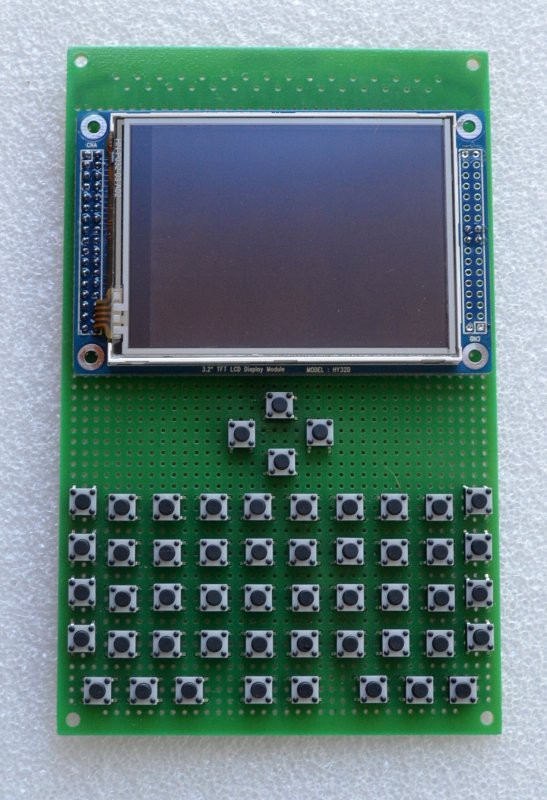
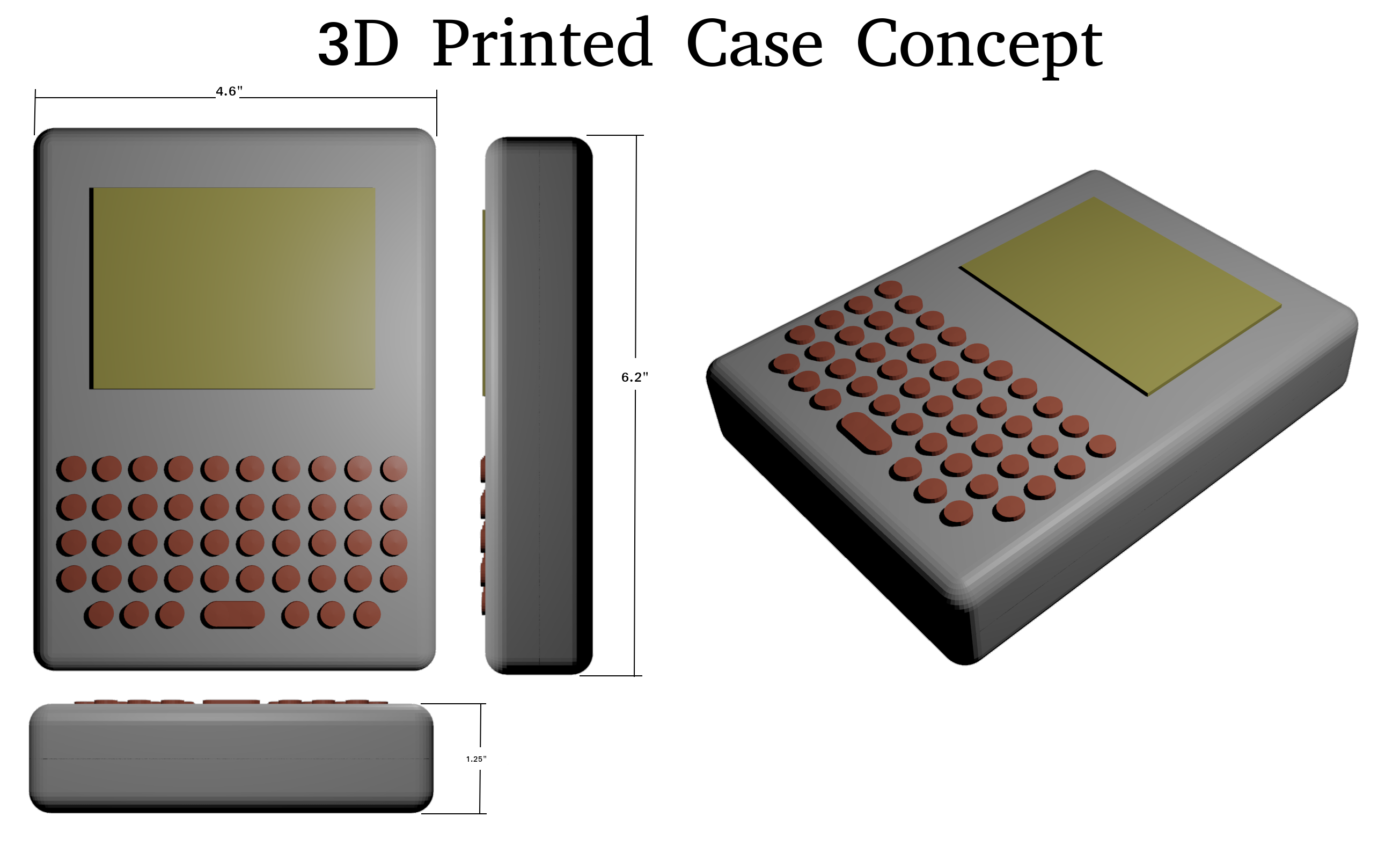
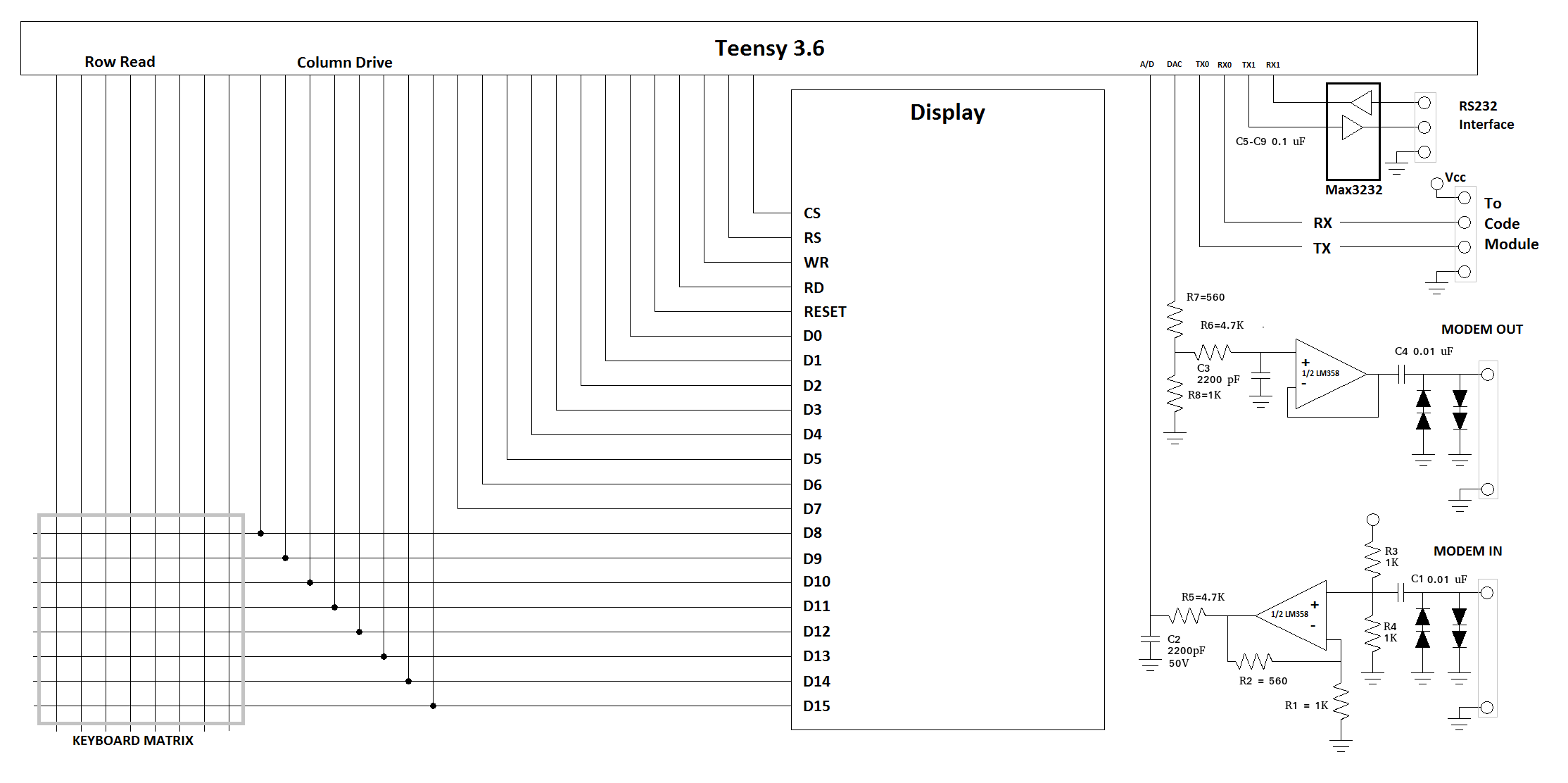

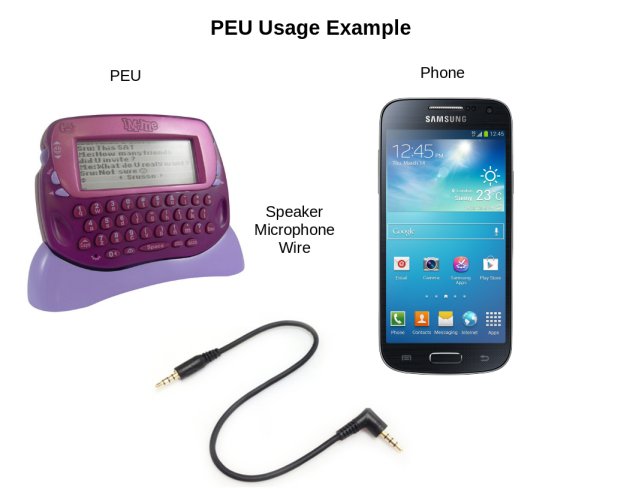
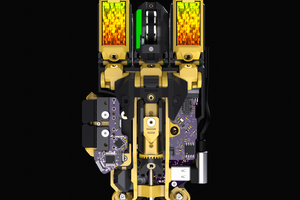
 benw
benw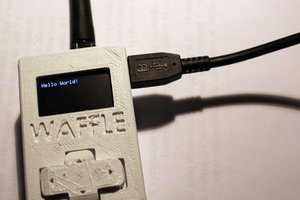
 M.daSilva
M.daSilva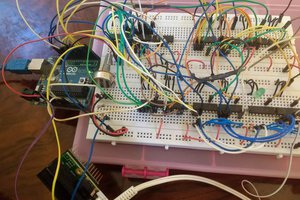
 Matt Bradshaw
Matt Bradshaw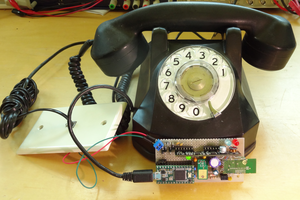
 Dan Julio
Dan Julio